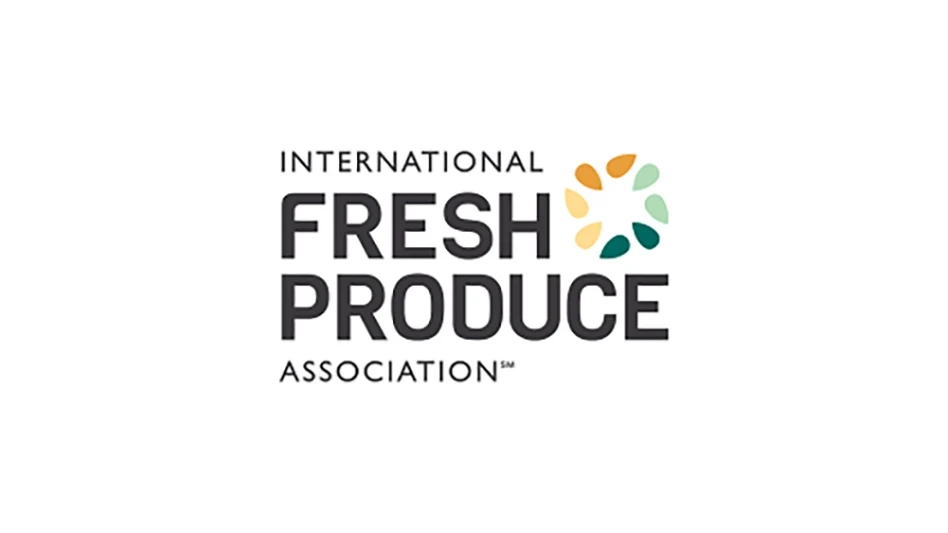
Check out the full report here
An invasive thrips species has been wreaking havoc in Florida. The insect was first detected in Florida in 2020 but has since spread significantly across the state. What once was isolated to greenhouses now has begun to harm a wide range of plants.
The insect, Thrips parvispinus — commonly known as pepper thrips — is one of the smallest thrips species in Florida. Its size makes it challenging to detect.
“It isn’t that the sky is falling, but we have to pay attention to this and not ignore it,” says Lance Osborne, UF/IFAS entomologist at the Mid-Florida Research and Education Center. “Growers of any crop should be aware. This insect seems to have a fairly broad host range. This won’t just impact peppers and ornamental plant growers.”
A new website developed in collaboration between UF/IFAS and USDA provides detailed information on the insect’s biology, early detection and damage symptoms with detailed videos and images. This website also includes a downloadable scouting sheet and means of contacting the proper professionals for any grower who detects the pest in their operation.
The pest has been detected on a wide variety of plants including 43 species from 19 plant families including ornamental plants, vegetables and fiber crops. Muhammad “Zee” Ahmed, USDA research entomologist, expects the list to grow.
“In order to minimize any kind of negative impacts, we started warning people right away that this pest had made its way to Florida,” says Osborne. “We better be careful. This insect is notorious for damaging peppers around the world but now it has moved from the greenhouse to the environment and has established itself in several areas around the state.”
“While damage symptoms are the most noticeable indicators of its infestations, they may not appear until after the plant has sustained considerable harm,” says Ahmed. “As they say, prevention is always better than cure, and this is particularly true when dealing with T. parvispinus.”
The research team including Ahmed, Cindy McKenzie of USDA, and UF/IFAS Extension agent John Roberts conducted a survey of garden centers in Palm Beach County to understand how widespread the pest is. Eight out of nine stores that entomologists visited had the pest.
Entomologists encourage growers to scout often and inspect their plants carefully.
“Now that we know more about the insect, we need to do more research to know how to manage them,” says Osborne. “We want to help growers avoid wasting money and chemicals, so we are working to develop effective spraying strategies for controlling their populations.”
Researchers are conducting controlled experiments in quarantine facilities, including Alexandra Revynthi at the UF/IFAS Tropical Research and Education Center and Osborne at MREC. But scientists are eager to test their findings in real-word scenarios.
The regulations for research on controlled pests of this kind are strict. Scientists cannot move plant material or the live insects outside of infested areas, or work with them in university facilities accept in an approved quarantine room.
As such, research into how to manage the pest is still in its early stages, but researchers have made some progress.
“We’re interested in working with growers to help manage the pest so we can better understand how to treat these thrips in a commercial setting,” says Osborne.
Growers who detect T. parvispinus should immediately report their findings to the Florida Department of Agriculture and Consumer Services Division of Plant Industry. Then, researchers can work with growers to help manage the pest and develop the best treatment options available.
“This information will be critical in developing effective control strategies and preventing the further spread of this invasive species in the U.S.,” says Ahmed.

Explore the September 2023 Issue
Check out more from this issue and find your next story to read.
Latest from Produce Grower
- Your comprehensive guide to Indoor Ag-Con ’25
- Mind matters
- John Bonner focuses on purposeful progress as founder of Great Lakes Growers
- The Growth Industry Episode 1: State of the Horticulture Industry
- FDA to Hold Webinar on Updated ‘Healthy’ Claim
- VIDEO: Growing media for strawberries grown under different production systems
- Eden Green Technology CEO Eddy Badrina reflects on challenges, opportunities for CEA
- Why CEA businesses should track carbon KPIs





